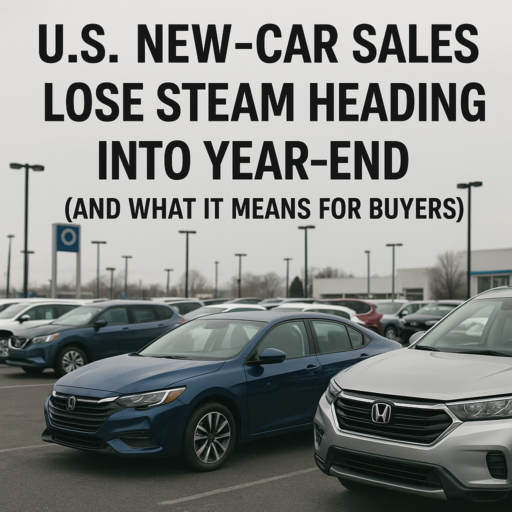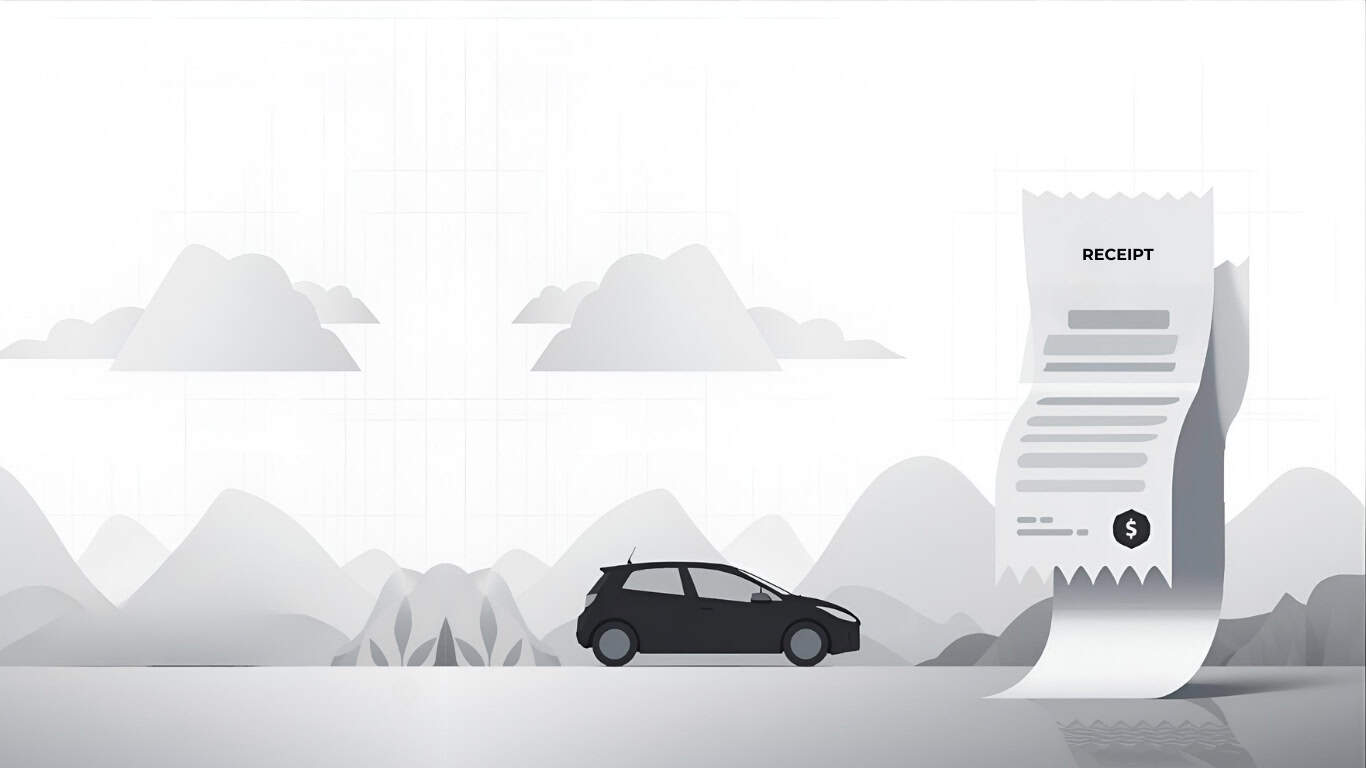Did you know that nearly half of all luxury vehicle transactions in the United States are car leases?
Considering one but unsure if it is the right choice? You’re not alone buddy.
Many people find themselves confused about the pros and cons of car leases, but in this article I hope to clear your mind from all this fog.
In fact, we’ll learn everything that we need to know by breaking down the complexities, comparisons and the ins and outs of car leasing, so you can decide if it’s the right choice for you.

DOWNLOAD NOW THE Car Lease PDF
Getting a Grasp on Car Leasing
What really is a Car Lease?
A car lease is nothing more than a long-term rental agreement.
Having different conditions in it to fit the difference in time span.
Instead of buying a car outright, you pay to use it for a set period, usually two to three years.
Basically, you’re renting the car while paying for it monthly in an extended period of time.
History of Car Leasing: Voice to The People
Car leasing as a concept started gaining popularity in the mid-20th century.
The concept of leasing vehicles for personal use evolved from commercial vehicle leasing practices.
Imagine back in the day, businesses needed trucks for deliveries but didn’t want to buy them outright.
They leased them instead.
This idea spread to regular consumers who wanted the latest cars without the long-term commitment, leading to the car leasing options we have today.
While there isn’t a single inventor of car leasing, the practice was heavily promoted by financial institutions and car dealerships in the 1960s and 1970s as a way to boost sales and make vehicles more accessible to everyone.
Car Lease: Is it better than Purchasing or Renting?
The Dollars Issue
The first thing that comes into mind when we’re searching for the better payment option is the price.
And this is were it shines!
When you lease a car, you’re already paying for its depreciation during the lease term, not the full purchase price.
This often results in lower monthly payments compared to buying a car outright (Levy, 1992).
For example, the average monthly lease payment for a new car in the U.S. is around $460, compared to the average monthly finance payment of about $575.
The great upside in purchasing can be summarizing in: building equity.
The money you spent in the leasing is basically lost, while the one you used to purchase the vehicle just “changed”, from currency to the car.
This means that you can get at least some of this value back if you sell it.
About Comfort
Additionally, leasing or renting can be a great options for those who prefer driving newer cars with the latest features and technology.
Leasing is Like Renting an Apartment
You pay for the time you live there without owning the property.
In contrast, buying a car is like buying a house—you own it outright and can do whatever you want with it, but it costs more upfront.
And renting is like an AirBnb, you can use it for a few days or weeks and then you must return it to the owner.
Car Acquisition Method’s Comparative Chart
| Feature | Lease | Purchase | Rent |
|---|---|---|---|
| Commitment Length | 2-3 years | Long-term (typically 5+ years) | Short-term (days to weeks) |
| Payments | Lowest monthly payments | Standard monthly payments | Highest payments. Daily/weekly rates |
| Ownership | No ownership; car returned at end of lease | Full ownership after loan is paid off | No ownership; car returned after rental period |
| Depreciation | Lessee pays for depreciation during lease | Owner bears all depreciation costs | Renter does not bear depreciation costs |
| Mileage Limits | Typically 10,000-15,000 miles per year | Unlimited | Often unlimited but can vary |
| Maintenance Costs | Often covered under warranty; less out-of-pocket expenses | Owner responsible for all maintenance | Covered by rental company |
| Upfront Costs | Typically includes first month’s payment, security deposit, and possibly fees | Down payment, taxes, registration, and fees | Usually just a security deposit and first payment |
| Flexibility | Moderate; fixed term but option to buy at end | Low; commitment to long-term ownership | High; very short-term use |
| Customization | Limited; major changes typically not allowed | Full; can customize as desired | None; must return in original condition |
| Equity | No equity built | Equity built over time | No equity built |
| End of Term | Return car, buy out lease, or lease a new car | Keep, sell, or trade-in car | Return car |
| Tax Benefits | Possible tax benefits for business leases | Possible tax benefits (e.g., depreciation) | No tax benefits |
| Insurance | Lessee must maintain insurance | Owner must maintain insurance | Rental company often provides insurance |
| Suitability | Best for those wanting lower payments and new cars every few years | Best for those who want long-term ownership and can handle higher payments | Best for short-term needs or temporary use |
- Lease Example
John decides to lease a 2024 Honda Accord. He enjoys the lower monthly payment of $379 and doesn’t have to worry about major maintenance costs, as the car is under warranty. At the end of the 3-year lease, he can choose to return the car or purchase it. - Purchase Example
Sarah buys a 2024 Honda Accord. She pays $28,000 upfront or finances it with higher monthly payments of $585. Over time, she builds equity in the car and has no mileage limits, but she is responsible for all maintenance and repair costs. - Rent Example
Mark rents a car for a two-week vacation. He pays a daily rate, which is higher on a per-day basis compared to leasing or buying, but he enjoys the flexibility of returning the car at the end of his trip without any long-term commitment.
Factors Influencing Leasing Decisions
Several factors can influence the decision to lease rather than buy a car.
High-income households are more likely to lease, especially luxury brands, due to the lower monthly payments and the ability to upgrade vehicles more frequently (Mannering et al., 2002).
In fact, over 50% of luxury cars are leased rather than purchased.
Demographic factors such as age, income, and urban living also play a significant role in the likelihood of leasing vs. financing (Fan & Burton, 2005).
Younger professionals living in cities might prefer leasing because they can avoid the hassles of car maintenance and enjoy driving the latest models.
In contrast, families in suburban areas might buy cars to avoid mileage limits and have the freedom to keep their vehicles longer.
Economic and Financial Considerations
Leasing a car offers convenience and reduces the hassles associated with ownership, such as worrying about depreciation and maintenance (Arkin, 1971).
However, it’s crucial to understand the full financial implications, including penalties for early termination and the lease-end purchase option (Giaccotto et al., 2007).
A car lease have good financial benefits, like the lower total cost, lower monthly payments, less commitment…
However, if you want to cancel early, you might face penalties.
Investor Perspective on Car Leasing
From an investor perspective, a car lease can offer unique financial advantages.
When you lease a car, you typically pay less per month compared to purchasing the same vehicle.
This difference allows you to potentially invest the saved money elsewhere.
Let’s say you want a 2024 Honda Accord that costs $28,000 if you buy it over 48 months.
On the other hand, if you lease it for 36 months, the total cost would be $13,650.
Here’s a breakdown of your monthly payments:
- Purchase: $585 monthly
- Lease: $379 monthly
- Difference: $206 monthly
By leasing, you save $206 every month. In a year it sums up to $2,484!
This saved amount can be invested in the market option that fits you better, potentially earning you returns over time.
Over time, these investments could yield significant returns, adding to your financial security.
When?
“Eventually, the purchase shall surpass the lease.”
That’s what I though, but is it right? If so, how much time does it need?
Let’s compare “Salaryman A – Lease” and “Salaryman B – Purchase” to understand who did the better choice over the years.
For this example, they get $45,000, and can save 20% of their total gains.
We’ll consider a first year 20% depreciation and subsequently 15%.
Comparative Chart: Leasing vs. Purchasing
| Year | Aspect | Salaryman A – Lease | Salaryman B – Purchase |
|---|---|---|---|
| 1 | Total Payments (Yearly) | $4,548 | $7,020 |
| Savings | $4,452 | $1,980 | |
| Vehicle Value | N/A | $22,400-$20,460 | |
| Equity | $4,452 | $3,920 ($1,980 + $22,400 – $20,460) | |
| 2 | Total Payments (Yearly) | $9,096 | $14,040 |
| Remaining Savings | $8,904 | $3,960 | |
| Vehicle Value | N/A | $19,040-$14,580 | |
| Equity | $8,904 | $8,420 ($3,960 + $19,040 – $14,580) | |
| 3 | Total Payments (Yearly) | $13,644 | $21,060 |
| Remaining Savings | $13,356 | $5,940 | |
| Vehicle Value | N/A | $16,184-$8,400 | |
| Equity | $13,356 | $13,724 ($5,940 + $16,184 – $8,400) | |
| 4 | Total Payments (Yearly) | $18,192 | $28,080 |
| Remaining Savings | $17,808 | $7,920 | |
| Vehicle Value | N/A | $13,756 | |
| Equity | $17,808 | $21,676 ($7,920 + $13,756) | |
| 5 | Total Payments (Yearly) | $22,740 | $28,080 |
| Remaining Savings | $22,260 | $16,920 | |
| Vehicle Value | N/A | $11,692 | |
| Equity | $22,260 | $28,112 ($16,920 + $11,692 – $500) | |
| 6 | Total Payments (Yearly) | $27,288 | $28,580 |
| Remaining Savings | $26,712 | $25,420 | |
| Vehicle Value | N/A | $9,938 | |
| Equity | $26,712 | $34,358 ($25,420 + $9,938 – $1,000) |
Equity Calculation Formula:
Equity=(Savings−Total Payments)+(Vehicle Value−Remaining Financing)
Analysis
Break-Even Point
By the 3rd year, the equity built by purchasing ($13,724) begins to surpass the equity from leasing ($13,356).
Even accounting for a 7% return over their savings, the 4th year a breaking point.
But don’t be so quick to think that leasing is never worth it, since when the savings increase, the early gap gets way bigger.
Long-Term
Purchasing becomes more financially advantageous over the long term, with a noticeable increase in equity compared to leasing.
By the 6th year, purchasing provides a much higher equity ($34,358) compared to leasing ($26,712).
Car Leasers Hidden Secrets
Mileage Limits
Most leases come with a mileage limit, typically 10,000 to 15,000 miles per year. Exceeding this limit can result in additional charges ranging from 10 to 25 cents per mile.
This may not seem like a lot, but if you trespass 2,000 miles, this can build up to $500 extra dollars out of your pocket.
Customizing Your Leased Car
While you might love the idea of adding personal touches to your car, remember that significant modifications might need to be reversed at your expense when you return the vehicle.
Gap Insurance
This is highly recommended for leased vehicles.
If your leased car is totaled in an accident, gap insurance covers the difference between the car’s value and what you owe on the lease.
Many lease agreements include this insurance automatically.
What’s on The News!?
- Luxury Car Leasing Trends
High-income households increasingly lease luxury vehicles to take advantage of lower monthly payments and frequent upgrades. This trend has been highlighted in various financial news outlets, discussing the economic benefits and lifestyle implications. - Legislative Changes Affecting Leasing
Legislative changes, such as tax reforms impacting the deductibility of lease payments, have influenced leasing trends and have been discussed in national news. - Young Professionals and Urban Leasing
More young professionals in urban areas are choosing to lease cars for the flexibility and lower costs. This trend has been documented in lifestyle and financial magazines, reflecting the changing preferences of new generations.
To Lease or Not To Lease!?
Understanding the ins and outs of car leasing can empower you to make the best decision for your situation.
Whether you value lower monthly payments, driving the latest models, or avoiding the hassles of ownership, leasing might be the right choice for you.
Have you considered leasing a car? What factors influenced your decision?
Share your thoughts and experiences in the comments below!





